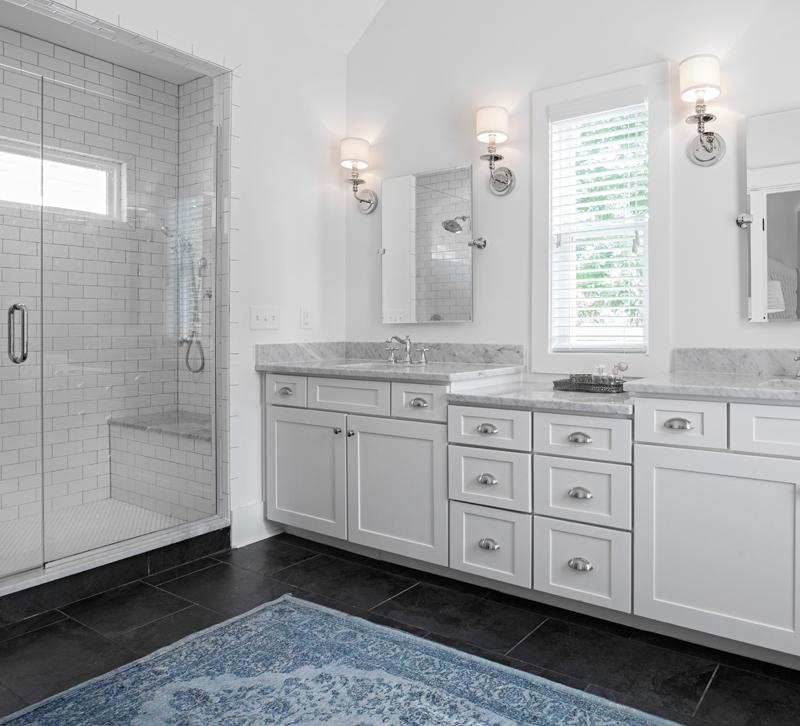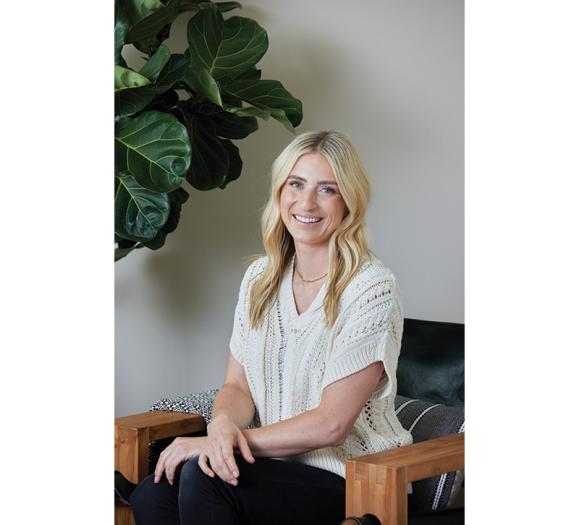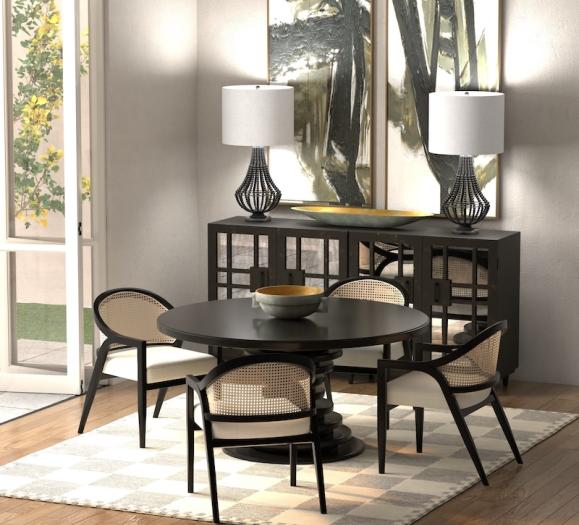Homeowners seem to be spending more money on their master bathrooms, a new study finds. Results from the 2017 U.S. Houzz Bathroom Trends Study yielded some interesting results about what homeowners are renovating and how they're investing in their bathrooms.
Houzz surveyed over 1,200 of its homeowner users who are already working through a bathroom renovation or plan to renovate their bathrooms in the near future.
“This year’s Bathroom Trends Study sheds light on two key trends in master bathrooms, showers as a focal point and the growing role of high-tech features in bathroom products,” said Nino Sitchinava, principal economist at Houzz. “Additionally, it is clear that today’s master bathroom renovations are marked by timeless and durable elements, from natural stone finishes to curbless shower entries, a benefit of having older generations in the driver’s seat. Still, the early wave of Millennial homeowners reveals their preferences for homes of the future, from larger master bathrooms to clean lines and white and gray color pallets.”
So what exactly does this study tell us? Read on to learn what people want from their bathrooms.
So long tubs
Continuing with existing trends, the shower's popularity continues to grow. More homeowners are ditching their bathtubs in favor of bigger, roomier showers.
Houzz found that 42 percent of renovating homeowners were splurging on their showers in the master bathroom. Eight-one percent of those surveyed said they were planning on upgrading their shower, and 55 percent of that 81 percent said they were increasing the size of their shower. Another 27 percent of those surveyed said they would take out their master bathtub altogether. Why? Over 90 percent said they took it out to make room for a larger shower.
In addition to wanting more space, changing attitudes towards water conservation may also be driving this trend. Filling up those massive tubs in the master bathroom takes a lot of water — roughly 70 gallons compared with 10 to 25 gallons per shower. Between high water and electric bills, homeowners seem to be opting for more space, which means not only do they want more shower space, but also more countertop or vanity space.
In fact, 40 percent of homeowners are splurging on cabinets and vanities, 35 percent are splurging on countertops and another 35 percent are splurging on faucets.
Better accessibility
Following the aging-in-place trend that seems to be growing, homeowners ages 55 and up are redoing their master bathrooms in order to make them more accessible. That means taking away curbs on showers that may trip them or even installing handles and benches in showers.
Of those homeowners 55 and up, three out of five said they would not be moving in the next 10 years and that they would be spending roughly $22,000 on their renovations. Clearly, there's a demand for a niche designer — one who can create a layout that will support homeowners as their mobility changes over the next decade.
More gadgets
Early this year, we reported on a cool new shower system called U by Moen, which lets users program and control their showers from their phones. This month, the Milwaukee Journal Sentinial reported that Kohler was introducing new flushing technology in its latest toilet, which it says leaves the bowl cleaner.
Houzz's report shows that slowly but surely, more consumers are looking to upgrade their bathroom technology. In 2016, 24 percent of responders said they upgraded their toilets and 9 percent were upgrading their showers. This year, 29 percent of responders are upgrading those toilets and 12 percent are sprucing up their shower technology.
We don't know if these shower upgraders are going for U by Moen specifically, but as this and other smart bathroom technology becomes more mainstream, you can bet more consumers will be controlling their showers from their apps.
From this report, we can conclude that homeowners want more from their bathrooms. Designers should be brushing up on new bathroom technologies such as U by Moen, but also on water-saving toilets and other technology updates as it seems homeowners will be wanting these upgrades. Designers should also be talking about aging in place on their blogs and social media platforms. When older homeowners go to hire a designer, they may be more likely to choose one that has experience designing homes for better accessibility.
What conclusions can you draw from this report? Share with us in the comments!







